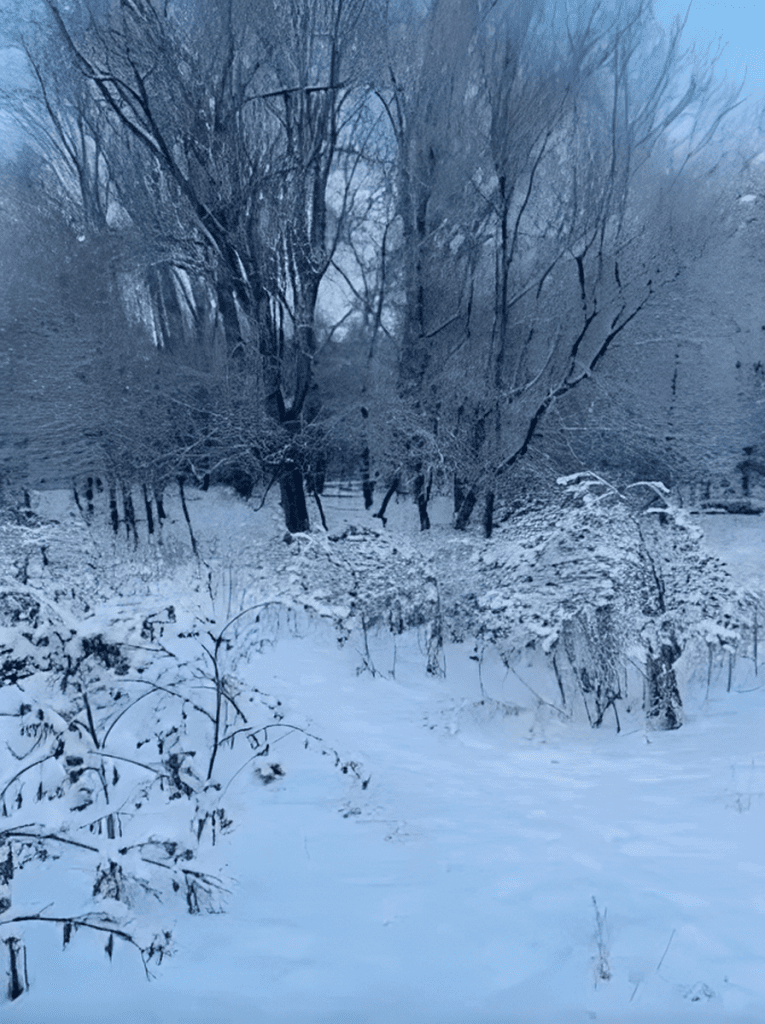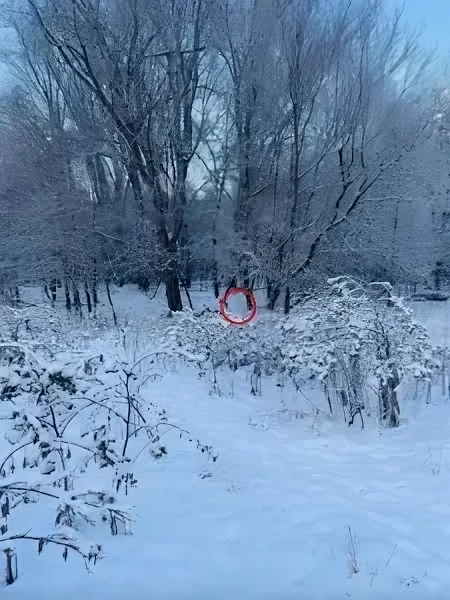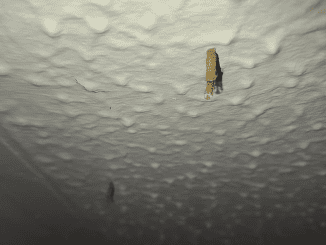If you enjoy a good visual challenge, this one’s for you! There’s a viral photo circulating on Reddit that’s stumping viewers left and right. The challenge? Spotting a hidden dog in a snow-covered forest within 20 seconds. Those who manage to find it in that short amount of time are apparently said to have a high IQ. So, how sharp are your observation skills?

With online puzzles and brain teasers becoming more popular than ever, optical illusions like this one offer a fun way to test your cognitive abilities. Let’s dive into what makes this challenge so tricky—and why being able to find the hidden dog in just 20 seconds could say something about your brainpower.
The Viral Optical Illusion Everyone Is Talking About
The concept is simple. You’re presented with a serene image of a snow-covered forest, and somewhere within the picture, a dog is camouflaged. Sounds easy, right? Not so fast. Many people find themselves staring at the image for ages, unable to locate the well-hidden pup.
One user commented, “I’ve been staring at this photograph for ages now,” while another echoed the frustration with, “Even with clues, I still can’t find it.” So, what makes this puzzle so difficult? The answer lies in how optical illusions work.
Why Optical Illusions Can Fool Even the Sharpest Minds
Optical illusions occur when the brain interprets an image in a way that doesn’t match reality. In this case, the dog is cleverly camouflaged in the snowy forest, blending into the environment so seamlessly that the brain struggles to distinguish it from the surrounding elements.
The University of Queensland explains that when faced with incomplete or confusing visual information, the brain fills in the gaps, attempting to make sense of what it sees. This response evolved to help humans make fast decisions in survival situations. But when it comes to a static photo like this one, the brain’s attempts to “solve” the image can actually lead to confusion.
What Does It Take to Spot the Hidden Dog?
Some people are better than others at spotting hidden objects in visual puzzles, and this might be due to variations in spatial attention. According to Associate Professor Paul E. Dux from the School of Psychology at the University of Queensland, “spatial attention” refers to the ability to focus on and locate objects in a busy visual environment. Essentially, those who excel at this skill are better equipped to filter out distractions and pinpoint the hidden dog.
In this particular image, the snowy forest is full of natural distractions like trees, shadows, and patches of white snow, making it challenging to focus on the small details that could give away the dog’s location.
Clues to Help You Spot the Dog Faster
So, how do you increase your chances of finding the hidden dog within the 20-second time frame? The key is to focus on specific features that stand out. Many people who were able to spot the dog quickly pointed out that its ears, eyes, and nose are the most distinguishable parts of its body against the snowy backdrop.
Instead of scanning the entire image at once, focus on the center of the photo. Pay close attention to any shapes or dark spots that don’t quite match the snowy environment. The dog’s ears, eyes, and nose will break the monotony of the snow and should eventually catch your eye.
The Social Media Frenzy: Mixed Reactions to the Challenge
As with any viral challenge, the reactions to this hidden dog puzzle have been mixed. While some users boasted about spotting the dog in just seconds—“That was easy, his ears gave it away,” one user claimed—others expressed frustration. One commenter even suggested that people who claimed to have found the dog immediately were “lying” because they struggled so much with it themselves.
On the flip side, those who successfully located the dog felt a sense of accomplishment, with one Reddit user confidently stating, “Spotted straight away!” This disparity in reactions highlights how visual puzzles like this can bring out both competitive and collaborative instincts in online communities.
What Does It Mean If You Spot the Dog in 20 Seconds?
The claim that finding the dog in 20 seconds or less signifies a high IQ has sparked curiosity among participants. But is there any truth to this? While it’s certainly fun to think that being quick to solve a puzzle correlates with intelligence, the reality is more nuanced.

IQ is a complex measurement of multiple cognitive abilities, including logic, reasoning, and problem-solving skills. Spotting a hidden dog in a photo likely taps into one specific cognitive skill—spatial awareness—rather than providing a full reflection of your overall intelligence. So, while being quick to find the dog might indicate strong visual-spatial skills, it’s not a definitive measure of IQ.
That said, completing this challenge successfully can still feel like a rewarding mental workout, and there’s no harm in using it as a fun way to flex your brainpower.
Conclusion: Can You Spot the Hidden Dog?
Whether or not you were able to find the dog in the viral image within 20 seconds, participating in cognitive challenges like this one is a fun and rewarding way to test your observation skills. While spotting the dog might not directly reflect your IQ, it does showcase your spatial attention and ability to focus amidst distractions.
If you’re still struggling to see the hidden dog, don’t be discouraged—take your time and follow the tips provided. Focus on the center of the image, look for the dog’s distinct ears, eyes, and nose, and soon enough, you’ll find the four-legged friend hiding in plain sight.
So, how did you do? Did you spot the dog quickly, or are you still searching? Either way, you’re now part of the viral challenge that’s keeping minds sharp across the internet!


